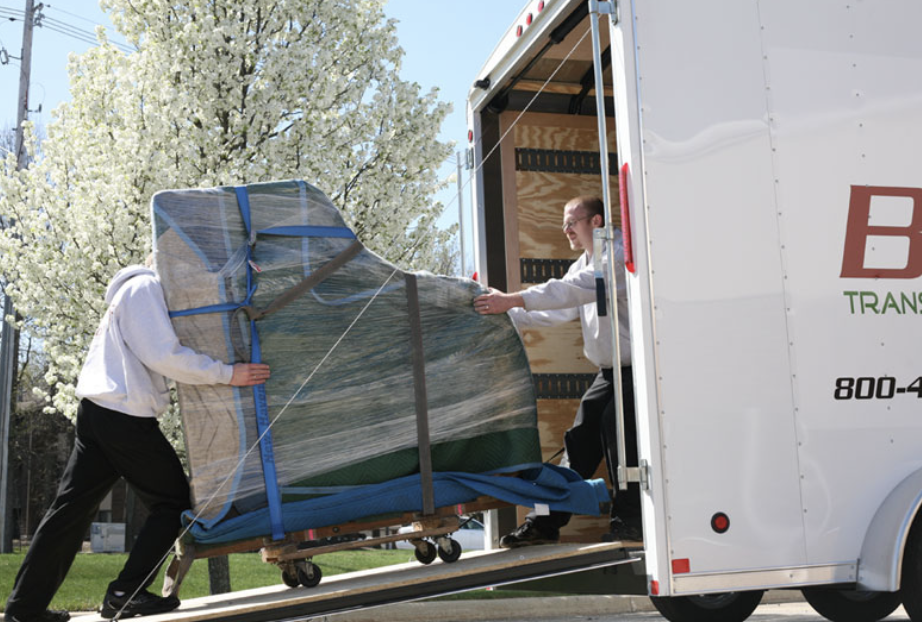Moving a piano from a humid environment to a dry one requires careful preparation to ensure the instrument’s well-being. Here are some key steps to take when relocating a piano to a dry environment:
- Acclimatize the piano gradually: Sudden changes in humidity levels can cause damage to the piano. Allow the piano to acclimate gradually to the new environment by placing it in a room with a humidity level similar to the target environment for a few weeks before moving it to the final location.
- Monitor humidity levels: Invest in a reliable hygrometer to monitor humidity levels in the new environment. Maintain humidity within the recommended range for pianos, which is typically around 40-50% relative humidity. Avoid extremes of humidity, as both excessively dry and excessively humid conditions can damage the piano.
- Use a humidifier or dehumidifier: Depending on the humidity levels in the new location, you may need to use a humidifier or dehumidifier to maintain the proper humidity range. Consult with a piano technician or specialist to determine the best course of action based on the specific conditions of your new environment.
- Schedule a piano tuning: After the piano has been moved and settled in its new environment, schedule a tuning with a professional piano tuner. Changes in humidity can cause the piano’s pitch to shift, so it’s important to have it tuned to ensure optimal sound quality.
Remember, pianos are sensitive to environmental changes, and fluctuations in humidity can cause problems such as warping, sticking keys, or damage to the soundboard. Taking these precautions will help protect your piano and ensure it remains in good condition when moving it from a humid to a dry environment.
